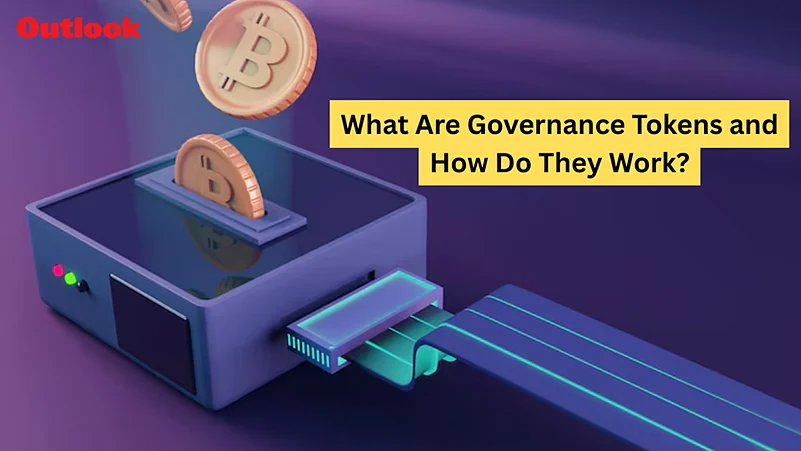Decentralization is what blockchain and cryptocurrency are all about. Decentralized systems diverge from traditional systems in that instead of a central party making decisions, decentralized systems try to share power with many people. This is where governance tokens come into the mix.
Governance tokens are a form of cryptocurrency that provide token holders with voting rights in the decision-making process of a blockchain project or dApp. They have emerged as a gateway to DeFi platform management and other blockchain projects. They provide users with an opportunity to vote on all sorts of issues, ranging from protocol upgrades, updates, funding allocations, and community rules.
Let us learn the basics of what governance tokens are, why they are important, and how they really work within decentralized networks.
Learning the Role of Governance in Blockchain
Blockchain governance is employed to refer to procedures and rules that determine who is allowed to alter the system. It is held by the board of management or directors in ordinary companies. No one controls it in decentralized systems. Instead, it is shared with the token holder community, the developers, and even smart contracts automatically at times.
This decentered type of governance ensures that the community has some involvement in deciding how a project goes. It also eliminates the possibility of corruption, manipulation, or unidirectional decision-making that could exist otherwise in centralized models.
What Exactly Are Governance Tokens?
Governance tokens are tokens that provide the holders with voting rights. Governance tokens are typically native to a specific blockchain platform or dApp. Holding a governance token is akin to having a say in what the future of the project should hold. These rights can be in the form of voting on proposals such as:
Software updates
Fee structures
Project funding and treasury expenses
Adding new features or integrating with another service
Changing rules or protocols
Assume that a DeFi protocol wants to modify its interest model or introduce a new feature. Its members can initiate the change and then vote on it later. Voting is conducted only among members who own governance tokens, and votes tend to be about the token they own.
Types of Blockchain Governance
Governance tokens are thought to be deployed through on-chain or off-chain voting systems. The following tools are a more detailed description of each:
1. On-Chain Governance
On-chain governance makes direct voting occur on the blockchain using smart contracts. It is more transparent and secure because every voting action is stored and cannot be manipulated. Token holders vote, and smart contracts enforce the selection once the vote is made.
This is used extensively in fully decentralized systems and makes the governance choices tamper-proof and real-time.
2. Off-Chain Governance
Off-chain governance is by voting and discussion off the blockchain, i.e., on forums or social media. The developers or the community leaders would then decide and implement manually. This is more controversial and flexible, but less secure and transparent than on-chain governance.
There are certain projects that implement a mix of both to trade security for public participation.
Why are Governance Tokens important?
Governance tokens have many benefits for the blockchain community:
Decentralization: They ensure control of a project is with the public and not just a few privileged individuals.
Community Engagement: By giving users a voice, governance tokens ensure participation and sustained engagement.
Transparency: Election results are generally posted, instilling a degree of trust and accountability.
Sustainability: Since people-led decision-making is being used, the projects will be able to mature and grow in a manner that benefits the users' interest.
In essence, the governance tokens allow the users to determine the destiny of the projects which they have invested in. They are therefore not just an economic good but also an agency of influence and co-ownership.
Challenges and Criticism
Despite all their advantages, governance tokens have problems. Some of the usual problems are:
Voter Apathy: Most of the holders of tokens fail to vote as they do not have sufficient information or time.
Whale Control: Major holders ("whales") may dominate the votes, even to the extent of decentralized but centralized control in real implementations.
Compressed Proposals: Voters do not have good knowledge of technical aspects of proposals and hence vote blind.
Projects continue to look for ways to improve governance models, such as quadratic voting, vote delegation, and campaign education.
Conclusion
Governance tokens are revolutionizing decision-making in the new digital world. They provide communities with control over the tools and platforms they employ, and decentralization is not buzzword fodder. As blockchain technology continues to evolve, governance tokens will be an increasingly popular topic of conversation.
With understanding of how such tokens function and are utilized, developers and end-users can together strive towards a more open, democratic future of finance and more.














